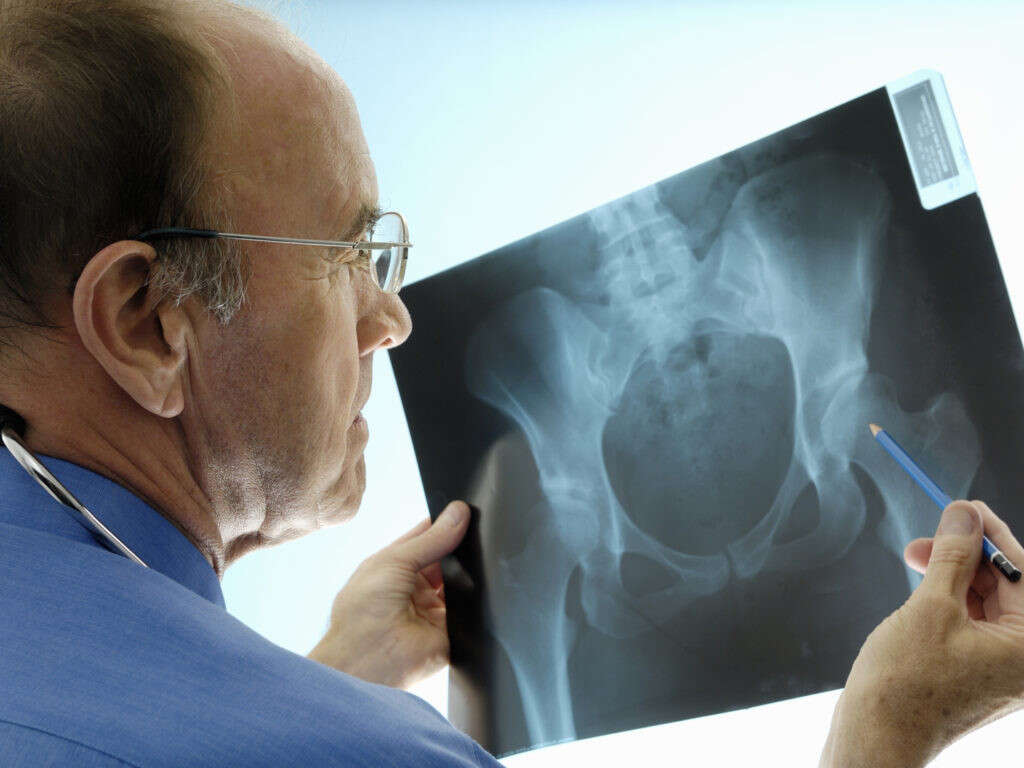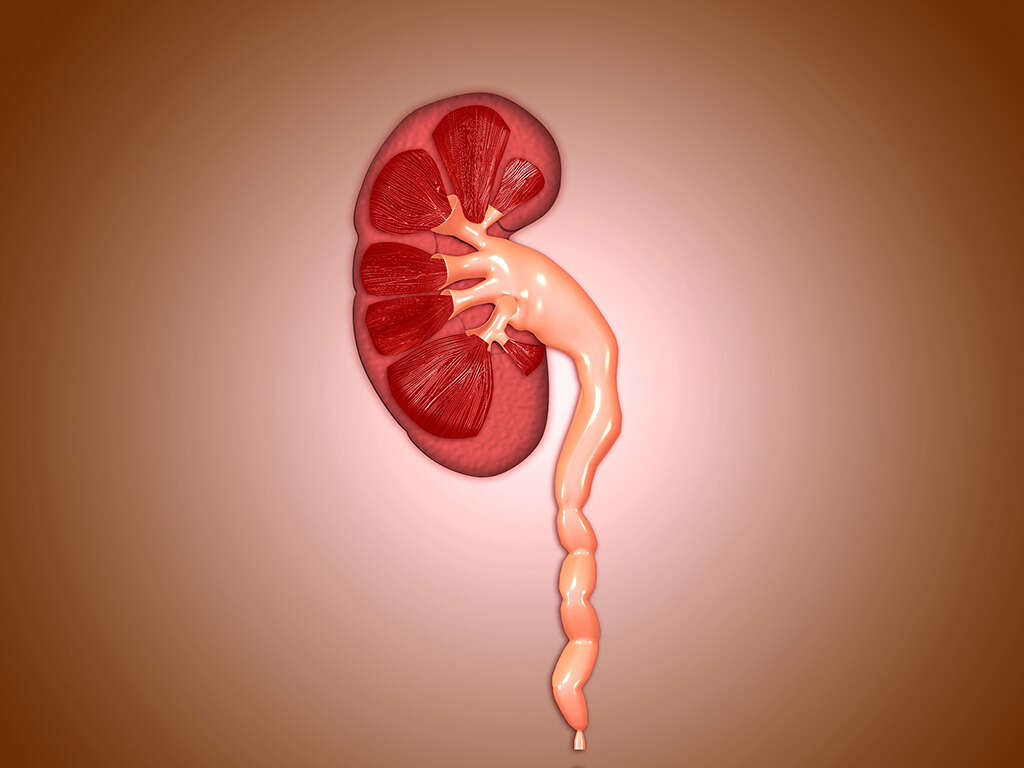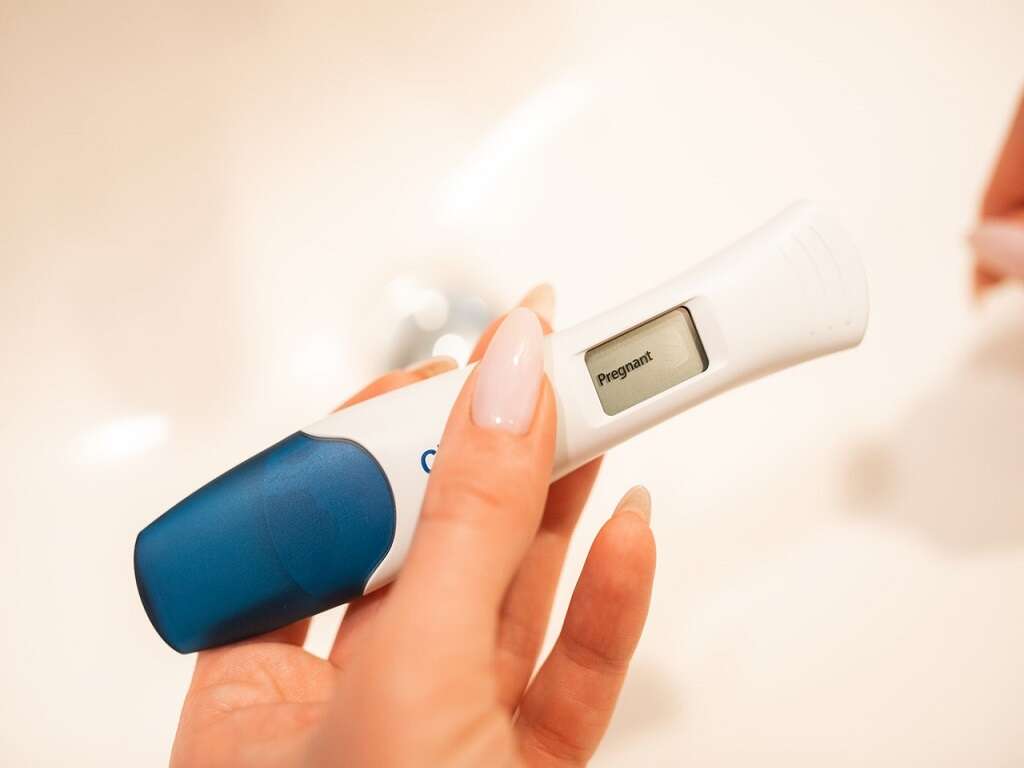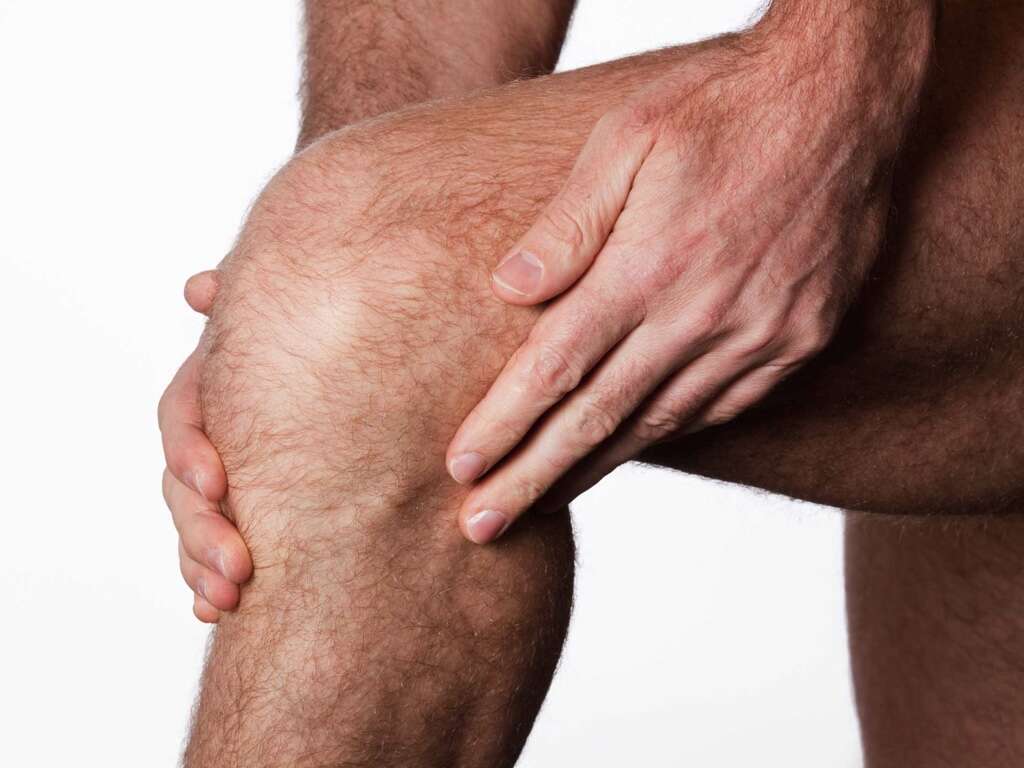10 PID Symptoms
It is important that we do what we can to keep us safe from pathogens. They are everywhere, and even the strongest of people are not completely immune to them. If they are able to get inside the body, then they can begin to proliferate and our immune system may not be able to cope.
Most of the female reproductive organs are tucked away deep inside the body. Here, they are relatively safe from harm, but that does not mean to say bacteria and other pathogens can’t get to them. These organs are prone to developing infections, and these infections can sometimes be dangerous. Pelvic inflammatory disease is one example of such a disease.
1. Pelvic Inflammatory Disease
Pelvic inflammatory disease (PID) is a condition that affects women only. It usually happens when bacteria have managed to spread to the fallopian tubes, ovaries, or uterus from the vagina. The bacteria responsible are usually present after being transmitted during sexual intercourse.
Patients with the condition will often not be aware of any symptoms and, when symptoms do arise, they are usually only mild. The condition will often go unnoticed, at least until other symptoms arise as a result. The condition is treatable, although it is advised to get treatment as soon as possible to help prevent complications from occurring.
2. Causes
As mentioned, the bacteria responsible for pelvic inflammatory disease are usually transmitted sexually. There are numerous types of bacteria that can cause the condition, but chlamydia and gonorrhea are the most common. Sex is not the only way that bacteria responsible can be contracted, however.
In a small number of cases, the infection will take place during an abortion, miscarriage, or childbirth. It might also occur during menstruation in some cases. This is because there is a natural barrier that protects the surface that is disturbed during the examples given. Some birth control methods can also be responsible, so all due care should be taken when they are being used.

3. Symptoms
As mentioned, many people will not even be aware that they have pelvic inflammatory disease. When symptoms do arise, however, they will usually include pain that is mild to moderate. This pain will be experienced in the pelvis and lower abdomen region. The patient may also experience pain during intercourse.
Another symptom is that the patient can experience bleeding even when they are not menstruating. The blood is most likely to occur during intercourse. There may also be a foul-smelling discharge present. Urinating can be painful and the patient can also be urinating more frequently than usual. The patient may also have a fever and chills. The patient should see a doctor urgently if the symptoms become severe.
4. Risk Factors
Nobody is completely safe from contracting pelvic inflammatory disease, but some people are at a higher risk than others are. This is largely down to lifestyle choices and the infection could have been avoided in many cases. People that have multiple sexual partners, for example, are more likely to develop the problem.
Using a condom will also reduce a person’s risk of catching the disease. Women that are below 25 years of age are also in a higher risk bracket. A history of sexually transmitted diseases will also put somebody at a greater risk. People that douche regularly are also at a higher risk because it disturbs the natural balances inside the vagina that might otherwise help to protect against an infection.

5. Infertility
Although usually quite mild, pelvic inflammatory disease can go on to develop severe complications if it is not treated accordingly. The infection can cause permanent damage and this will result in infertility in some cases. If damage does lead to infertility then the problem cannot usually be reversed.
This makes it important to get treatment as soon as a problem is suspected because doing so can limit any harm done. Patients are also more likely to become infertile each time they contract the disease. If it does seem to be occurring frequently then you should consider speaking with a specialist.
6. Chronic Pelvic Pain
In most cases, the pain associated with pelvic inflammatory disease will be quite mild, although it can be severe in some cases. Regardless of how painful it might be, however, the pain will usually pass once the infection has been dealt with. This is not always the case with pelvic inflammatory disease, however.
Pelvic inflammatory disease will sometimes cause the pain to continue for several months, and it might even be years in some cases. The patient can also continue to feel pain during ovulation and during intercourse. This tends to be because of the permanent damage that the inflammation has done to their tissues.

7. Ectopic Pregnancy
When a woman conceives, the egg is fertilized in the fallopian tube. The egg will then pass down the fallopian tube until it reaches the uterus. Here, the egg will settle into the lining of the uterus, where it will then continue to develop. An ectopic pregnancy occurs when the egg does not reach the uterus and settles in the fallopian tube instead.
The fertilized egg will still continue to develop here, and this can be extremely dangerous for the mother, and the child will have very little chance of survival. An ectopic pregnancy can be caused by pelvic inflammatory disease, and an abortion will be necessary for the mother’s safety.
8. Tubo-Ovarian Abscess
Abscesses are sacs of pus that are found in your body and the pus is made up largely of dead pathogens and expired white blood cells. They are often quite harmless and will disappear in time, but they can sometimes be a real threat to us. They can be found anywhere in the body, and this includes the ovaries and fallopian tubes.
Pelvic inflammatory disease can sometimes cause abscesses to form in the female sexual organs. These will often remain where they are without doing any harm but that is not always the case. Abscesses can sometimes lead to very dangerous infections, so they should be treated as soon as they are detected.
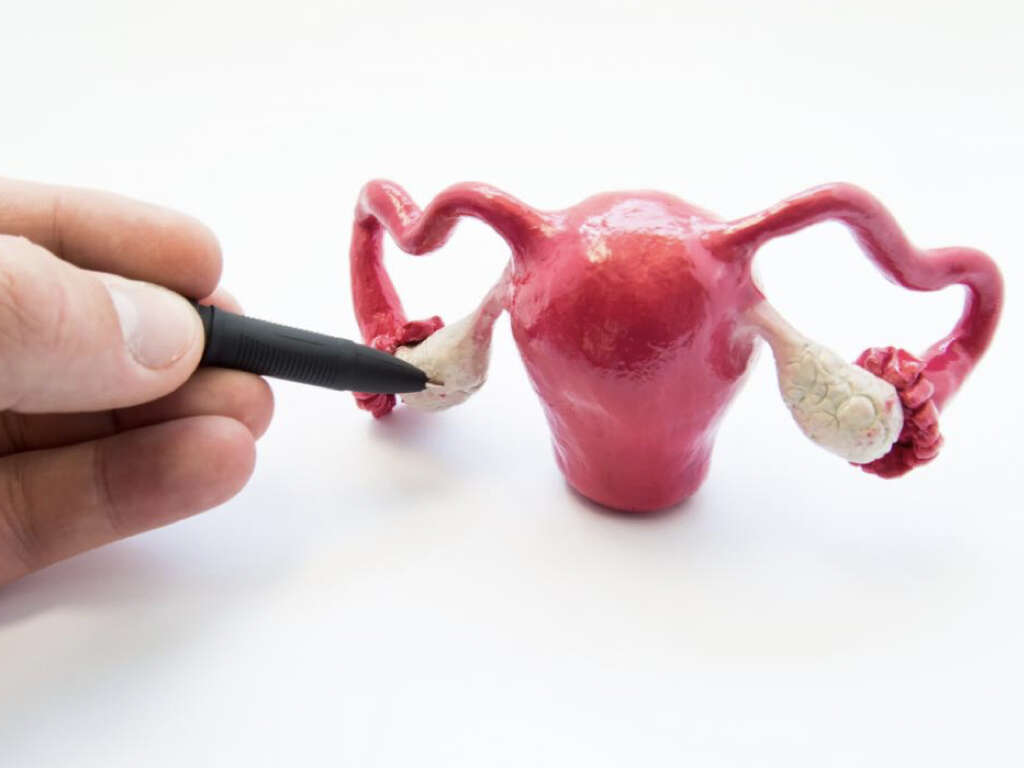
9. Diagnosis
In order to help reach a diagnosis of pelvic inflammatory disease, your doctor will likely ask you a number of questions about your lifestyle. This includes questions about your sexual activities, as well as your medical history. If the condition is suspected then tests will likely be requested to help find out just what the cause is.
Blood and urine tests will likely need to be carried out, and an ultrasound may also be used. If these are inconclusive, then a biopsy might be needed. In some cases, a laparoscopy might be requested to help medical professionals to see what is happening internally.
10. Treatment
Treatment for pelvic inflammatory disease is relatively straight forward when the treatment starts early on. This usually means antibiotics that will help to combat the bacteria responsible for the infection. It may also be necessary for your partner to be tested and receive treatment, and you will need to abstain from sex.
A combination of antibiotics is likely to be used, and the prescription might be changed according to test results and how well the treatment is progressing. Hospitalization may be deemed necessary in some cases. This tends to mean women that are showing severe symptoms, pregnant women, and in cases of suspected abscesses. Surgery is deemed necessary in a small number of cases.



